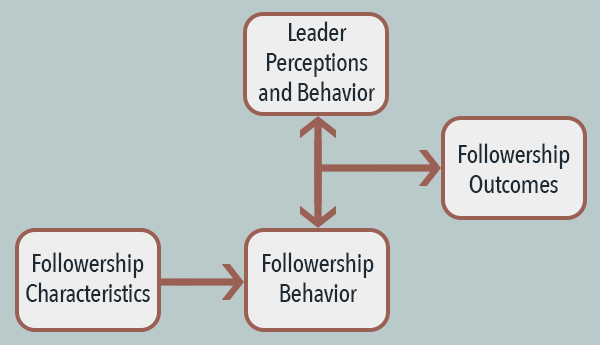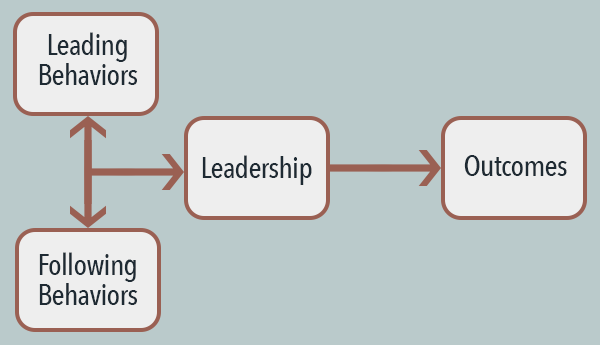The principles of ethics are a vital part of historical values that have grown over time, allowing for safer and more equal work environments. The laws of ethics protect us from sexism, discrimination, disrespect, confidentiality breaches, and are overall concerned with people’s welfare (American Psychological Association, 2017). Although ethical principles of leadership seem very cut and dry, respect others and do no harm, there is an overwhelming grey area. In his article overlooking business characteristics involving ethics, Cremer (2013) suggests that there is a certain level of unethical decision-making that we, the public, often accept as normal. There is no clear definition of this grey area of ethics, and no sound solution on how to close this gap, so it is left to the devices of our subjective moral judgments on how to handle certain ethical situations. Cremer (2013) identifies two business observations: the ability to push limits without exceeding the law, and the lack of responsibility within the grey areas of ethics. According to this, the suggested boundary between ethical and non-ethical is the law and the amount of responsibility there is to take.
Ethics is concerns with values and morals and how these two components can be added together to safeguard the welfare of others and protect their privacy, dignity, and personal values. Morals are defined as a person’s individual motivation for their behavior in response to what they believe is right and wrong, and a person’s values are what they believe to be personally and socially acceptable (PSU WC, L. 14, 2021). “Business ambition often lies in the extent to which one is willing to push the limits” (Cremer, 2013). How far is a person willing to push the ethical limits of a certain situation to benefit themselves or the organization? More interestingly, how far is too far to push and pull within the grey area of ethics? As Cremer (2013) suggested in his article, the law is the “too far” point, but he also suggests that small slip ups in our ethical principles can soon develop into full-blown misconduct and illegal practices. This grey area is where the expansion of unethical behavior begins as a leader slowly tests the limits until it escalates beyond what is just considered moral injustice (Cremer, 2013).
When it comes to our morals and values as a human and leader, we often differ from one another. Behavioral studies suggest that if we can rationalize our decisions, we can feel comfortably make them (Cremer, 2013) and this can mean that some rationalizations are more extraordinary than others. Cremer (2013) also claims that business, by default, is a grey area in itself and is often synonymous with this type of self-justifiable decision making. We, the public, automatically assume that many large corporations and enterprises are intertwined with unethical, and sometimes illegal, behaviors but they are often overlooked so long as they are within a certain realm of the grey area. As explained earlier though, it becomes a slippery slope the closer that business gets to stepping outside of that realm.
Studies have concluded that unethical behavior is more often found in cases where it is rewarded, ignored, or where there were no ethics policies instated to begin with (PSU WC, L. 14, 2021). If what Cremer (2013) states is true, the conclusions in these studies are relative to his proposition that the assumed grey area in the business world is one of the instances in which promotes unethical behavior. One of the weaknesses states for ethics in leadership is that is takes an elevated level of thought and understanding of moral and ethical behavior and few people achieve that level (PSU WC, L. 14, 2021). This lack of ethical education and understanding could be a large contributor to the broadened grey area of ethics, the simplicity of rationalization, and the assumed level of immoral character that is allowed in a setting.
The deviation from ethical boundaries is a widespread issue that is related to multiple conclusions, phenomena, and behavioral reasoning. Each person differs in their values, morals, judgement, and goals, making the grey area a whirlwind of unethical opportunity with very thin boundaries and low expectations. It can be concluded from behavioral studies and the weaknesses found in this leadership theory that ethical leadership can be attained from education, empathy, and care for the community. The area that divides law and ethics is dangerous to dive into, but it can often be unavoidable in most every profession. It may be the most disturbing to realize that many of these unethical behaviors are promoted and rationalized because until they cross the line of unlawfulness, they are overlooked by officials, and the public is overpowered by money, greed, and ignorance.
References
American Psychological Association. (2017). Ethical principles of psychologists and code of conduct. American Psychological Association. https://www.apa.org/ethics/code/index
Cremer, D. D. (2013, June 19). Business ethics: Black, white, or grey? London Business School. https://www.london.edu/think/business-ethics-black-white-or-grey.
Pennsylvania State University World Campus. (2021). PSYCH 485 | Lesson 14: Ethics and Leadership https://psu.instructure.com/courses/2137573/modules/items/32271438

:no_upscale()/cdn.vox-cdn.com/uploads/chorus_asset/file/7450285/mainchart.png)

